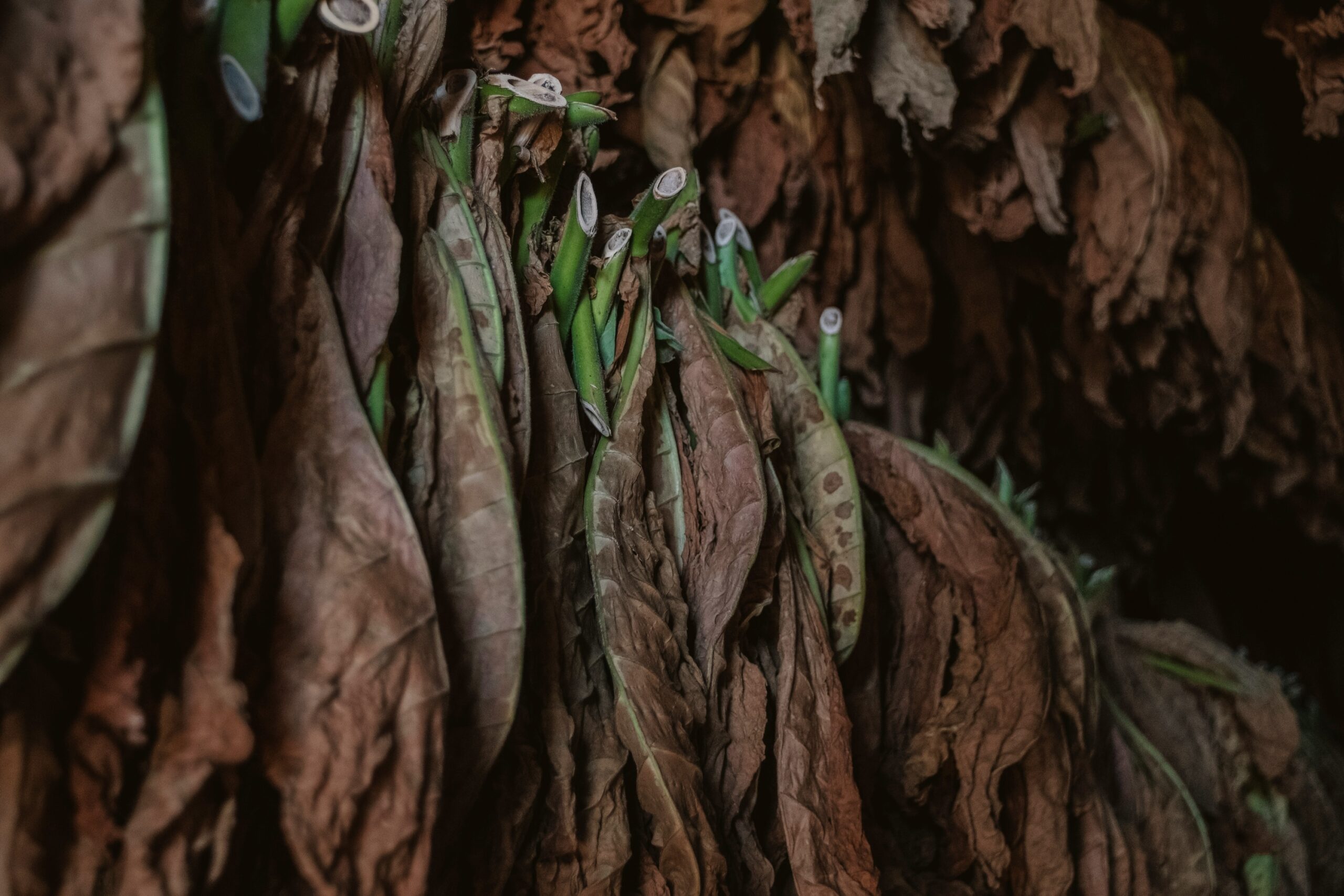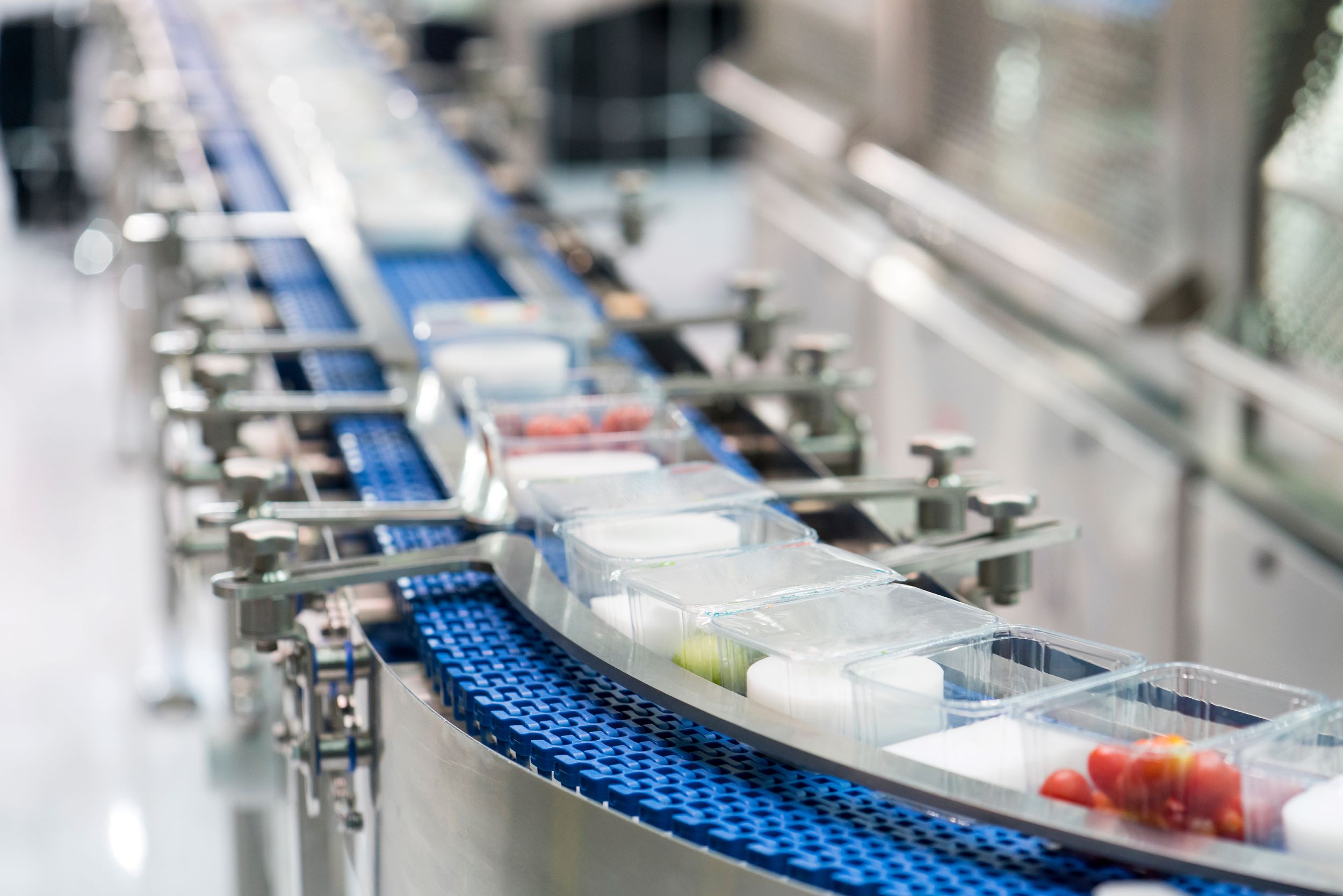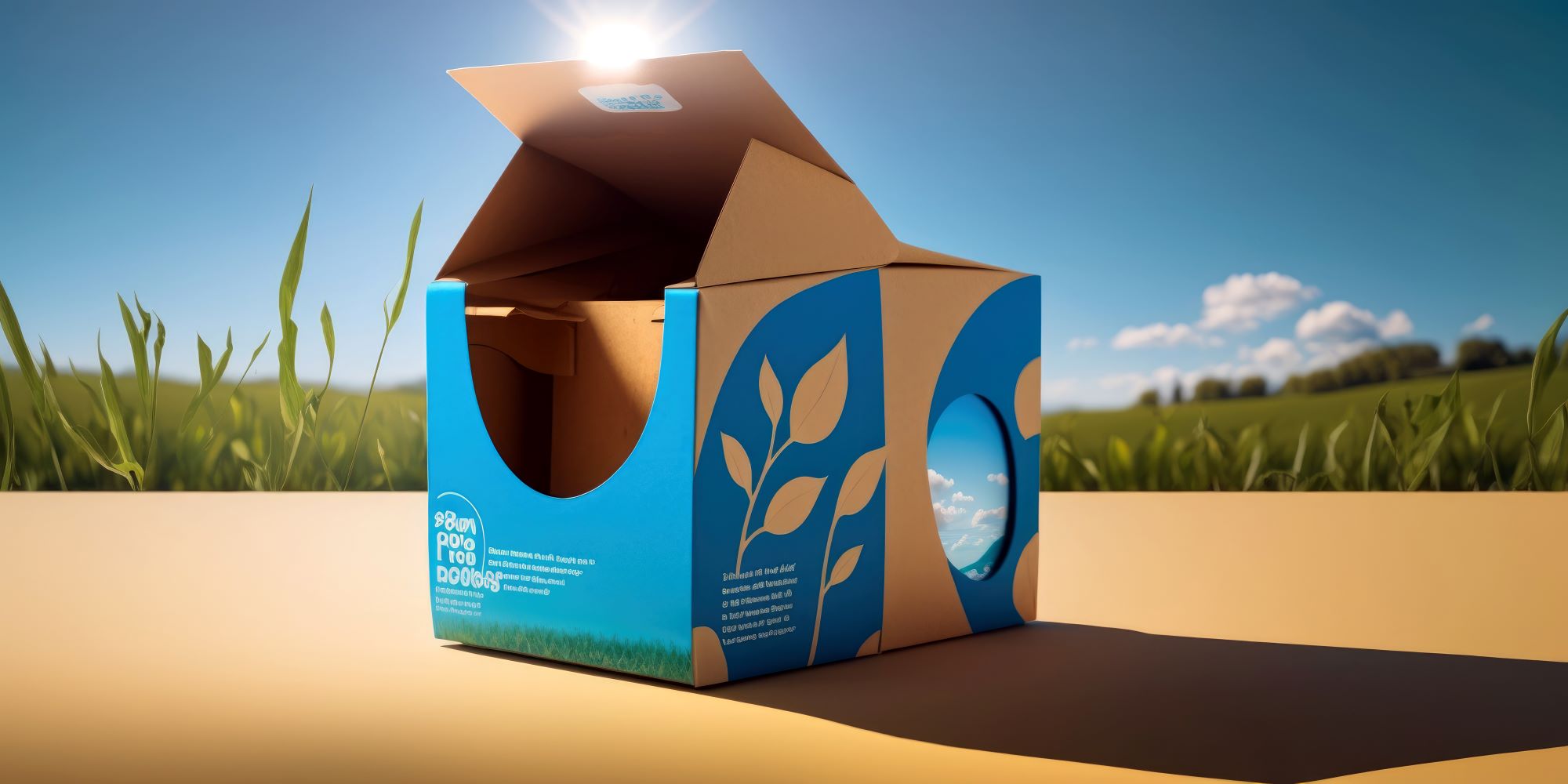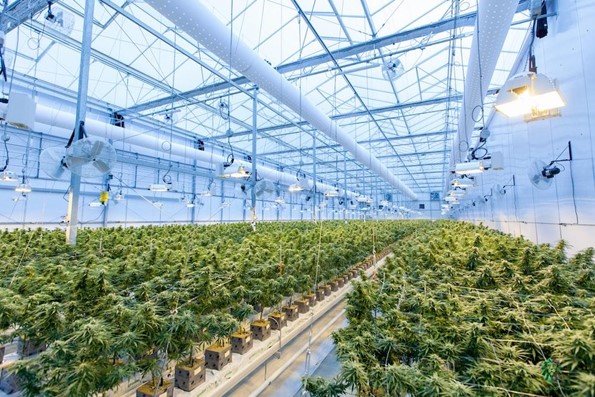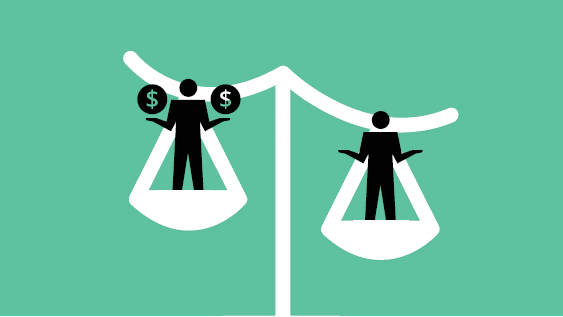Ugly Produce Stats that Call for Action on All Levels
Have you been making daily trips to your local supermarket in search of the most fresh-looking greens and fruits for your meals?
What if we tell you nearly 30% to 40% of the annual production in the US meets an unfortunate fate, and most of the time, ends up in the landfill? You could get produce that does not look right off the ramp, but taste all the same, and get up to a 40% discount on the prices to top it off!
Long story short, the fruits and vegetables that aren’t lookers get thrown back into the landfill, even though there wouldn’t have been any variation in taste, let alone its freshness. If we have body shaming, produce has the classification of “ugly produce”.
If it seems unfair, well think twice if you would have reached for the unusually large apple on the shelves if you saw it yesterday. In this article, we will go in-depth about the veracity of ugly produce and whether you should go for them instead of those with the best aesthetic appeal.
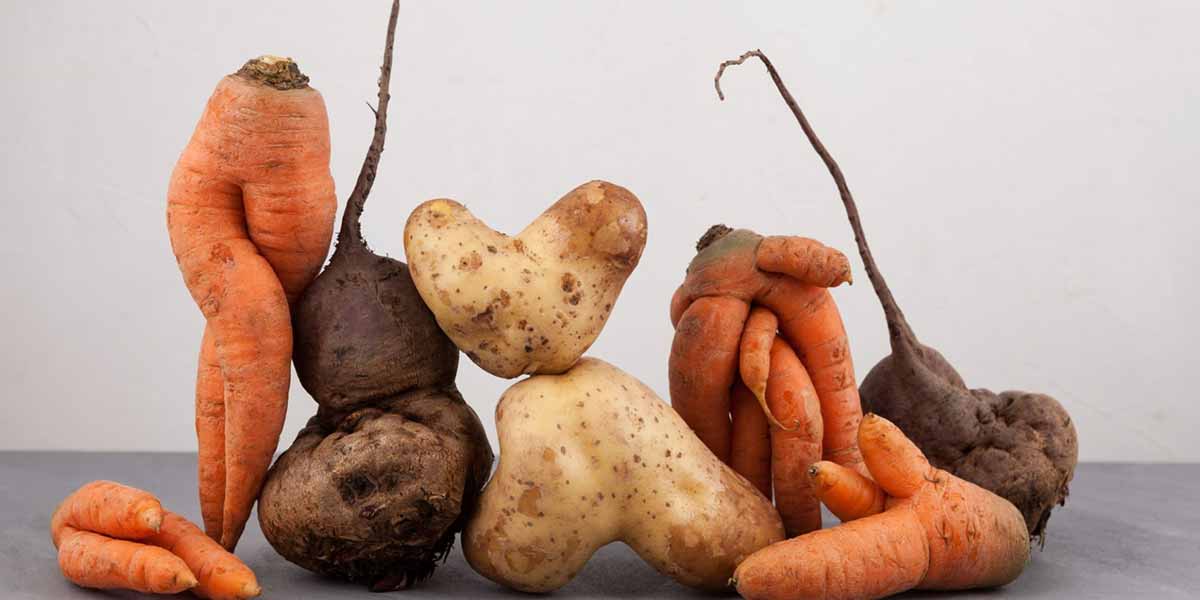
Does Ugly Produce Make it to Grocery Stores and Supermarkets?
Mostly, no. The top-rated lookers are dispatched to high-end grocery stores and supermarkets. They usually pay the bills for the entire crop production on a farm. The second-grade produce, or “ugly produce”, as they are deemed today, is sent to food banks, food service, lower-end grocery stores, and ugly produce vendors.
Your local posh supermarket that is always well-stocked with the freshest and vibrant-looking vegetables and fruits will not take in these delightfully tasty, albeit a little on the unattractive side, fruits and vegetables on the off chance that you might not consider those worth your money.
In recent years, ugly produce vendors such as Hungry Harvest, Misfits Market, Imperfect Produce, and Full Harvest have come up with the goal of saving these not-so-beautiful fruits and vegetables that make the cut, when it comes to taste.
You get a discount on your purchase if you get ugly produce from them, while still contributing to the environmental cause. While they’ve been around for a while, there still needs to be more awareness created. This is probably why you’ll often see brands like Imperfect food and Misfits Market campaigning to have an edge over the other.
What Do Supermarkets Do with Ugly Produce?
The misshapen or discolored produce is sent to be made into jam, juice, salsa, baked goods, soups, and guacamole, among other such products. So, while it is true that not all ugly produce goes to waste, rarely are they accepted by supermarkets for their on-shelf display. Philip Behn, CEO of Imperfect Foods, an ugly-produce vending firm on a mission to eliminate food waste, has put it perfectly:
“It could be a small quirk in appearance based on shape, size, or color that has no impact on flavor or nutrition. Beyond produce, perfectly good grocery items often go to waste for similarly illogical reasons. Grocers won’t purchase or stock goods that are close to expiration or going through packaging changes, regardless of quality.”
There’s an effort to make ugly produce into other fruit and vegetable products, but much of it still ends up in the landfills, even though it had the potential to be consumed without any detriment.
How Much of Ugly Produce is Wasted?
If you never took food wastage seriously, here’s putting it into perspective- in the US alone, 63 million tons of food is thrown away each year, even with a 40 million-strong food insecure population.
The website for Imperfect Produce, yet another competitive ugly produce vendor, has this to say: “Approximately 20% of organic and conventional produce in the U.S. never leaves the farm just because it looks a little different. . . . We think that’s crazy.”
As per USDA estimates, a third of all products from the farms go uneaten, amounting to nearly $161.6 billion in waste. While a considerable amount of this waste has to do with logistical issues, some food is also wasted solely due to cosmetic reasons.
More than 150,000 pounds of ugly spuds are left on the fields each year to rot. “Imperfect” produce can often be turned away by grocery stores for simply not meeting strict cosmetic standards, and that alone makes up nearly 40% of total food waste.
Is there Any Merit in Counseling Clients Into Buying Ugly Produce?
So, now the question arises for nutritionists and dietitians, should you pitch ugly produce to your clients?
Well, the answer is a resounding yes, and the reason has more to do with cost-saving than being an environmentalist. As we mentioned earlier, going for ugly produce instead of regular produce can save your clients no less than 40% on their grocery budget.
Ugly produce vendors offer unputdownable discounts on their products, and considering there is no real price to pay in terms of taste, it is definitely a win-win!
Of course, there is the added incentive of preventing food waste, but the cost-saving aspect is what pertains more to individuals with a tight grocery budget.
Is Ugly Produce as Nutritious as Produce Not Considered Ugly?
Tasia Skochil, the Director of Operations at Spudsy, which produces sweet potato puffs with sweet potato flour sourced from imperfect sweet potatoes, says: “Consumers are unaware of there being a ‘standard’ of what produce should look like,” she says. “We assume it goes from the farm to the grocery store and all tomatoes are red, round, and perfect because that’s just how they grow; which is far from the truth.”
Our idea of ugly produce is often built around tales of dented squashes rotting in fields. This is not always the case. Most often, produce items get rejected right off the bat by grocery stores and supermarkets solely because of cosmetic reasons. You can get your hands on them and make a mean smoothie if you do not want to consume it whole.
The bottomline is, more often than not, there’s zero difference in the nutritional value of products irrespective of the blemishes and/or outer shape irregularities.

What are the Advantages of Eating Ugly Produce?
Why should you go for ugly produce? If you are still not convinced that they are worth your money, here’s what could seal the deal:
- Tastes as good as “non-ugly” produce: Sure, it may look a little gnarly or funky, but once you taste it, you won’t be able to tell the difference. According to Eliza Greenman, an apple orchardist, ugly apples can be more nutritious than your regular good-looking apples.
- It’s a bargain: Just because it does not look as good as normal produce, most ugly produce vendors sell it for cheaper prices. So, essentially with ugly produce, you get more juice for your dollar.
- It helps the planet: These not-so-good-looking produce items use just as much energy, natural resources, and water as your better-looking counterparts, so when you buy them, you create more demand that ultimately helps put imperfect produce on store shelves rather than landfills.
- No hard feelings: Remember the last time you had to make a smoothie or juice out of the perfect-looking banana? That hurts a little, doesn’t it? With ugly produce, you won’t feel half as bad while juicing them. Afterall, once poured in a glass, it will look all the same.
How Promoting Consumption of Ugly Produce Reduces Food Wastage?
In short, by going for ugly produce, you lessen the chances of them hitting the landfill, having been rejected by grocery stores and supermarkets alike. Not only does this reduce the carbon footprint on our nature, but you also get a personal gain out of it in the form of bargains!
So, at literally no extra cost, you get delicious, juicy fruits and fresh vegetables at a discounted price, with the only catch being that they might not look picture-perfect.
Nearly 1.3 billion tons of food is uneaten globally each year, and of that amount, a whopping 10 million pounds are simply rejected for cosmetic reasons. By going for ugly produce, you contribute in reducing that number, while still gaining something from it!


